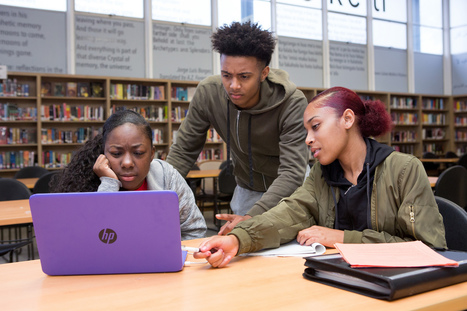Many students are not good at evaluating the credibility of what they see and read online according to a now-famous Stanford study that was released just after the 2016 election. And while it’s true that 82 percent of middle schoolers couldn’t tell the difference between a native advertisement and a news article, neither could 59 percent of adults in a study conducted by the advertising industry.
Sam Wineburg, the Stanford professor who led the middle school study, is worried that everyone is “profoundly confused” right now and that schools aren’t doing enough to teach students the skills they need to be effective citizens and digital consumers.
“We blame our kids for not knowing the difference between ads and news stories, but the kinds of skills we are talking about are not widely taught in schools,” Wineburg said on KQED’s Forum program while discussing his new book Why Learn History (When It's Already on Your Phone). “So we can’t blame young people for not knowing things they haven’t been taught.”
Research and publish the best content.
Get Started for FREE
Sign up with Facebook Sign up with X
I don't have a Facebook or a X account
Already have an account: Login
News, reviews, resources for AI, iTech, MakerEd, Coding and more ....
Curated by
John Evans
 Your new post is loading... Your new post is loading...
 Your new post is loading... Your new post is loading...
|
|











